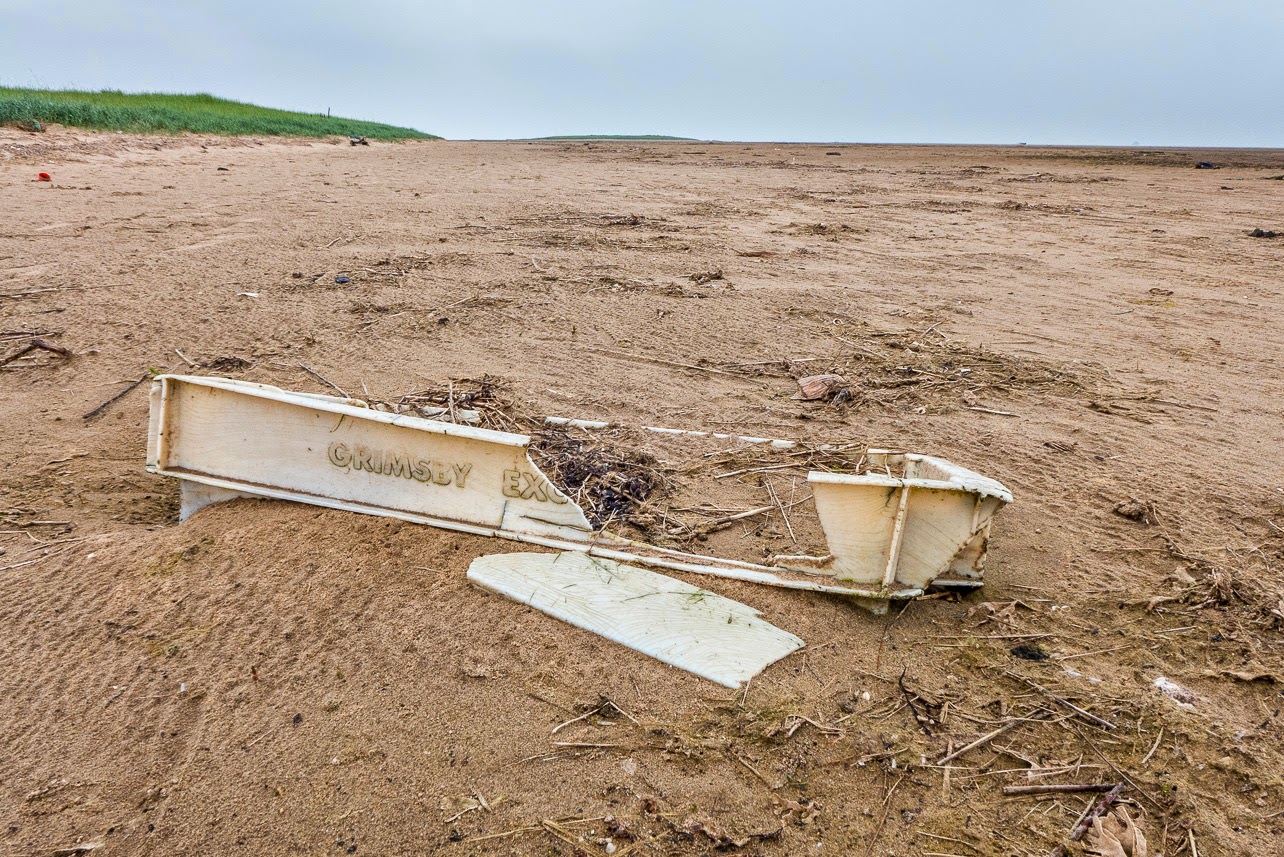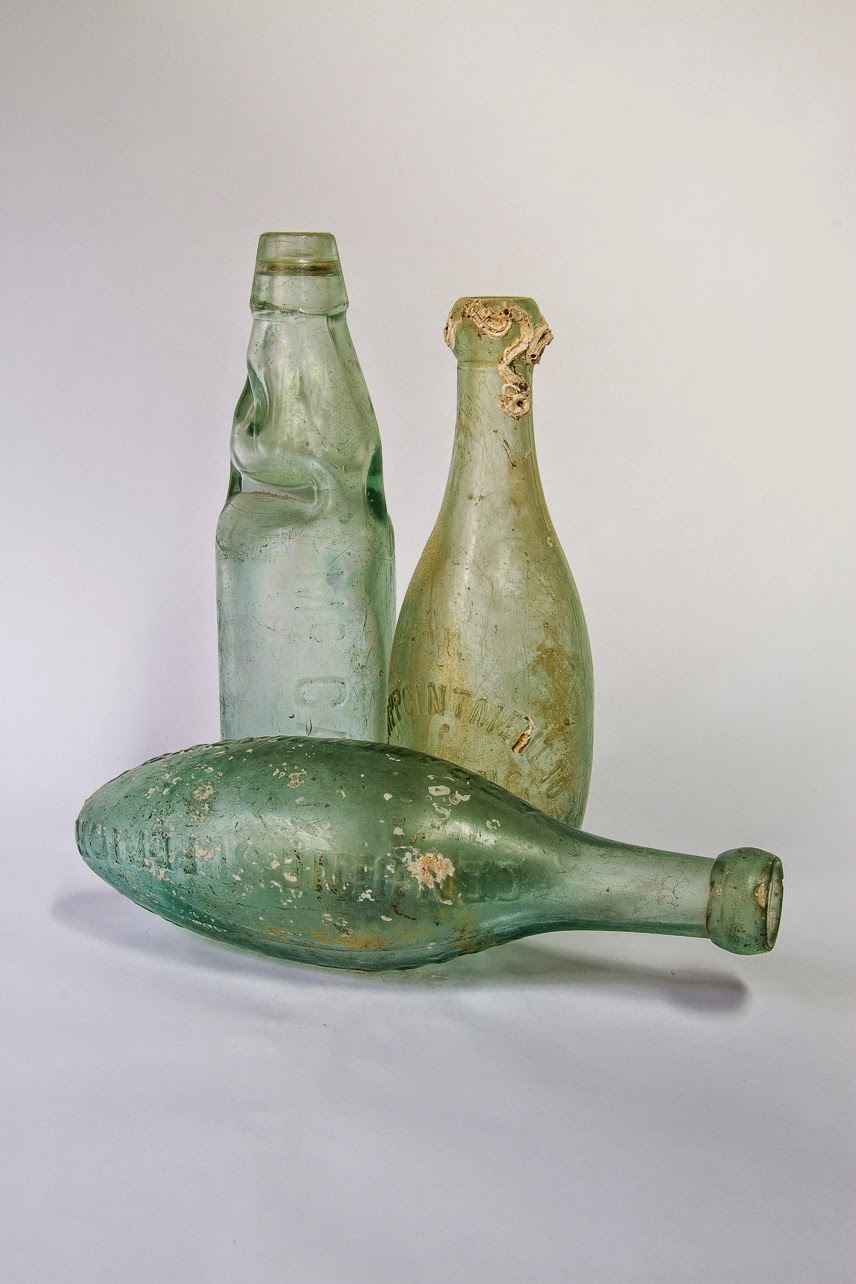Restrict yourself to the flotsam and jetsam of the estuary and tie it in with beachcombing? You're a beachcomber but instead of old pottery and coins you collect photographs of rubbish. You see the rubbish as a great subject for photography but you're also keen to raise important issues about the environment and have an exhibition of your photographs organised at a local museum. The magazine - lets say it's a serious, glossy nature or culture publication - wants to cover the exhibition and your work. They want some of your exhibition photographs - interesting rubbish aesthetically photographed on appropriate backgrounds (its important that you take them out of their estuary context so that they appear as a collection). They also want a few location shots of you collecting on the estuary. There should be one or two wide angle close ups with rubbish you've just discovered clearly visible - perhaps one with your hand in shot or a portrait closeup with rubbish, and a distance shot of you beachcombing alone to contrast the environmental beauty of the estuary with the overall theme of rubbish. If you have a second camera you could have this in shot. It will start with a double page spread and run over eight pages - a total of eight to ten shots. Delivery as usual via dropbox, files to be 2880 pixels longest side.
It can be seen from the brief that I am looking for about 10 images split into the following categories:-
- Found objects in situ;
- Found objects photographed out of context
- An image of me with rubbish
- An environmental shot of me beachcombing
I have narrowed my images down to a long list of just over 50 and include them here under the category headings.
Found objects in situ
This section contains the bulk of my images but, possibly the ones I need least of. I was keen to include here, at least in the short list of images one or two ICM and long exposure shots. I could have become a lot more involved with driftwood and wrecks which I find absolutely fascinating but feel that I was straying too far from my brief. As can be seen many of the objects are intriguing and it makes one wonder where they came from; the starting point for a short story perhaps! There are a couple of images of piles of rubbish from the outer dunes at Cleethorpes as if they have been put there as part of a beach clean-up operation and are waiting to be transported away by the council.
This section contains the bulk of my images but, possibly the ones I need least of. I was keen to include here, at least in the short list of images one or two ICM and long exposure shots. I could have become a lot more involved with driftwood and wrecks which I find absolutely fascinating but feel that I was straying too far from my brief. As can be seen many of the objects are intriguing and it makes one wonder where they came from; the starting point for a short story perhaps! There are a couple of images of piles of rubbish from the outer dunes at Cleethorpes as if they have been put there as part of a beach clean-up operation and are waiting to be transported away by the council.
 |
Found objects photographed out of context
I begin this section with my found objects spread out over the steamer chair in the garden to dry. For the out of context shots I set up a temporary studio in our workshop and rigged up a white background. Achieving a clean white was challenging. I have also included some sea glass here, picked up off local beaches, to show that not all jetsam is ugly rubbish and some can be beautiful, as can much driftwood. For the same reason I have included a trio of old bottles found whilst scuba diving many years ago, which are, of course, the origin of sea glass. Inspired by the work of both Martin Waters and Gabriel Orozco I have arranged and photographed some of my objects in grids and assemblages.
Images of me with rubbish
I needed an assistant (my long-suffering wife) for this shot.
An environmental shot of me beachcombing
These images were taken on a timer; I had to move quickly to get into position.


















































No comments:
Post a Comment